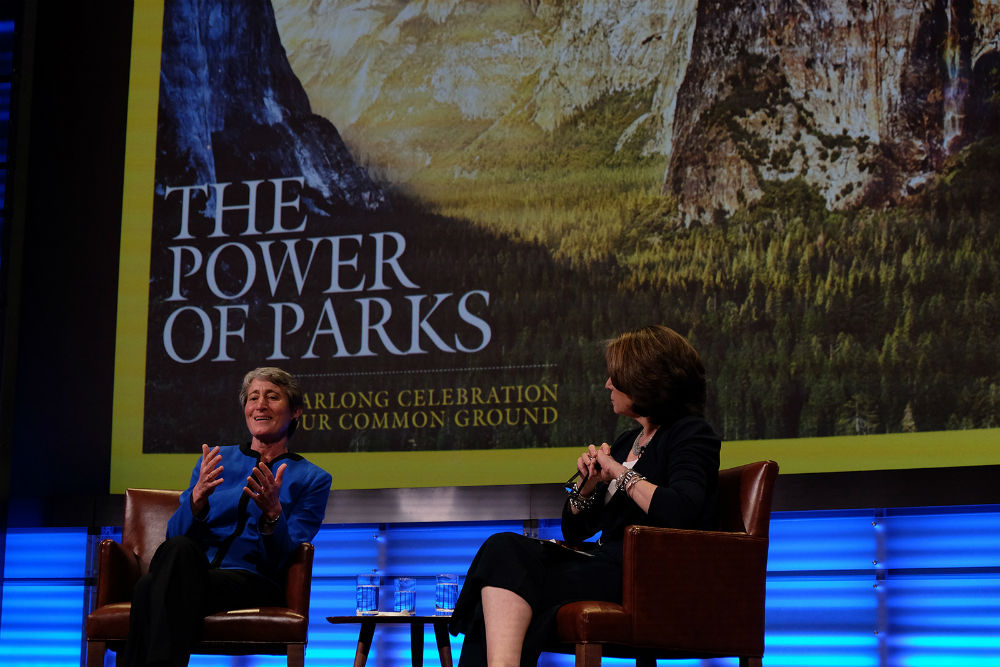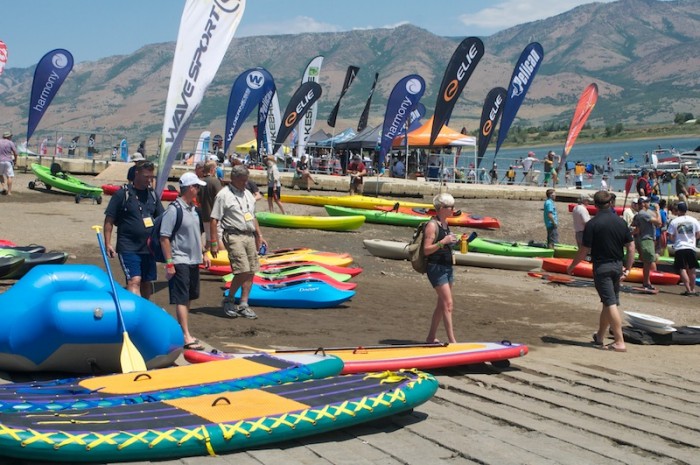[leadin]In major news this week, the U.S. will begin tracking the economic impact of the ‘outdoor recreation’ industry for the first time as part of its collection of GDP data.[/leadin]

The Government’s comprehensive plan could pave the way for increased political leverage and funding for outdoor activities, brands, and destinations.
In a speech to the National Geographic Society on Tuesday, Secretary of the Interior Sally Jewell announced that the federal government will fund a feasibility study by the Department of Commerce (DOC) and Federal Recreation Council to measure the economic value of outdoor recreation at both national and regional levels.
The goal of the study will be to determine the long-term necessity of measuring the outdoor recreation industry’s impact and, potentially, the need for supporting and growing that sector financially.
“By producing credible data on the tangible economic benefits of public lands, we can help the public and Members of Congress better understand the benefits of investing in them,” Jewell said.
Multi-Billion Dollar Industry
Industry estimates show that consumer spending for outdoor recreation is greater than household utilities and pharmaceuticals combined – and yet “the federal government has never fully recognized or quantified these benefits.”

The news marks the first time the federal government will be quantifying the outdoor recreation sector in its jobs and economic impact report, despite such data being aggregated for more than a decade by the Outdoor Industry Association (OIA).
OIA estimates from 2012 show the outdoor recreation industry supported more than 6 million American jobs and contributed nearly $650 billion in economic output.
As OIA executive director Amy Roberts said in a statement, “The outdoor industry and the outdoor recreation economy are not simply ‘nice to haves,’ but are ‘must haves’ to support healthy communities and healthy economies across the United States.”
What Is The Outdoor Industry?
There are no specifics on what qualifies as part of the outdoor recreation industry, only that it will be determined by a “bottom-up process involving the Federal Recreation Council and BEA,” and that input from “external stakeholders” will be accepted.
The OIA measures both product sales – bicycles, backpacks, fishing rods – and travel-related expenses – campground reservations, gasoline, groceries – in its economic reports.

The data collection is part of a Memorandum of Understanding between the Federal Recreation Council and the DOC’s Bureau of Economic Analysis (BEA) to create an Outdoor Recreation Satellite Account (ORSA) that will begin tracking the outdoors economy in California and complete its pilot study of regional and national data in 2017.
Currently, the BEA aggregates high-level data across industries – such as agriculture, mining, and construction. A satellite account aggregates more nuanced data across industries to provide a fuller picture of economic behavior without disrupting BEA’s broad-spectrum approach.
For example, while Education and Healthcare are analyzed by the BEA in accounting for costs associated with visits to the doctor and prescription drug sales, a healthcare satellite account will gather detailed information on what diseases are incurring the most expenses, thus potentially showing what behavior and health habits impact the American economy and merit the most funding.

Both the Senate and House of Representatives are considering legislation to make the ORSA a permanent fixture of the BEA economic reports (the Recreation’s Economic Contributions Act and Outdoor “REC” Act, respectively).
Producing and tracking an economic model for the outdoor recreation industry could mean a greater push to get communities across the country more involved in the preservation of, and connection to, outdoor spaces. You can support the passage of the REC act by contacting your representatives, voicing your support of the ORSA, and encouraging them to become cosponsors.







